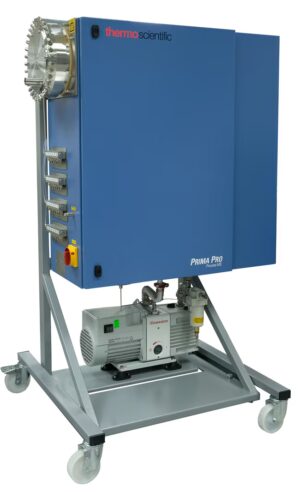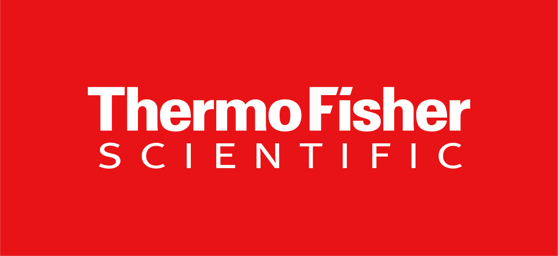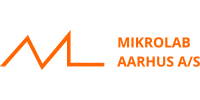Mass spectrometry
Mass spectrometry is an analytical method used to determine which substances (molecules, atoms or fragments of molecules) are present in a sample, and how much of each substance is present. The method is based on ionising (charging) these substances and then measuring their mass-to-charge ratio (m/z), resulting in a mass spectrum, where peaks corresponding to the mass (and charge) of different ions and their intensity are seen.
- System Solutions
- Gas Analysis
- Liquid Analysis
- Flowmeters
- Pressure Gauges
- Level Gauges
- Temperature Gauges
- Laboratory Analysis
- Data Loggers
- Regulators
More information
What is a mass spectrometer?
A mass spectrometer is the instrument that performs the actual mass spectrometry. There are different types of mass spectrometers (e.g. quadrupole, time-of-flight, ion trap, and so on), but they are broadly based on the same basic principles:
-
Sample production
Samples (which can be in gas, liquid or solid form) are introduced into the mass spectrometer. In many modern systems, a chromatograph (GC or LC) is often connected to the mass spectrometer, so that separated analytes (substances) are fed in stepwise. -
Ionisation
The substances are converted into ions by removing one or more electrons (positive ion) or adding them (negative ion). Examples of ionisation methods are-
Electronic ionisation (EI): A beam of electrons knocks out electrons from the sample molecules, leaving them positively charged.
-
Electrospray ionisation (ESI): A solution of the analyte is atomised in a capillary and high voltage is applied. The droplets formed become charged and evaporate in a source, leaving ions in the gas phase.
-
Matrix Assisted Laser Desorption Ionisation (MALDI): A laser strikes a crystalline matrix mixed with the sample and releases ions in the gas phase.
-
-
Separation of ions in the mass analyser
The ionised particles pass through a mass analyser where they are separated according to their mass-to-charge ratio (m/z). This is done in different ways depending on the type of instrument:-
Quadrupole: Four rods creating an oscillating electric field only allow ions of a certain m/z to pass through at a given time.
-
Time-of-Flight (TOF): The ions are accelerated by an electric field and fly through an empty tube. Heavier ions move more slowly and lighter ions move faster, causing a separation.
-
Jonfälla: Electric and magnetic fields "capture" the ions, and then sweep in frequency or voltage to send them out one by one depending on their m/z.
-
Magnetic sector: A magnetic field bends the path of ions differently depending on their mass and charge.
-
-
Detection
Once the ions reach the detector stage, the instrument records how many ions of a certain m/z hit it. The more ions at a certain m/z, the stronger the peak in the mass spectrum. -
Data collation
The instrument's software records and calculates intensities for each peak in the mass spectrum. This spectrum can then be used to identify and quantify the substances in the sample.
How a mass spectrometer works
-
You have a sample - Solid, liquid or gas.
-
The sample is inserted into the instrument - Often via a connection to some type of chromatograph, or directly if it is a simple sample feed.
-
The substances are ionised - By the chosen ionisation method depending on the type of sample and instrument used.
-
Ions are accelerated and separated - The mass analyser separates the ions based on their mass and charge.
-
The ions are detected - The number of ions at each m/z value is measured and recorded.
-
You get a mass spectrum - A graph showing intensity (number of ions) versus mass-to-charge ratio. By analysing this spectrum, it is possible to deduce which substances are present in the sample and at what levels.
























